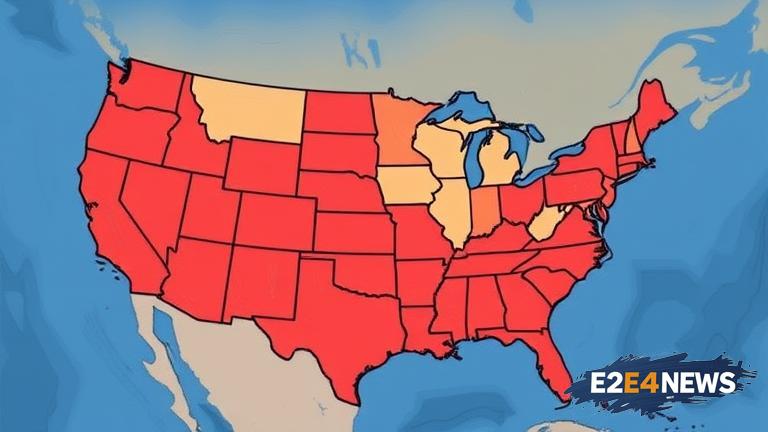A powerful earthquake with a magnitude of 7.5 struck the Kamchatka Peninsula in Russia, triggering a tsunami warning for the Hawaiian Islands and the US West Coast. The earthquake occurred at a depth of 37 miles and was located 125 miles east of the city of Nikolskoye. The Pacific Tsunami Warning Center issued a tsunami warning for the Hawaiian Islands, which was later downgraded to a watch. The warning was also issued for the US West Coast, including the states of California, Oregon, and Washington. The tsunami warning was in effect for several hours, causing widespread evacuations and disruptions. However, the threat of a tsunami has since eased, and the evacuation orders have been lifted. The US Coast Guard and other emergency services were on high alert, with rescue teams and equipment on standby. The Federal Emergency Management Agency (FEMA) was also monitoring the situation closely. The earthquake and tsunami warning caused significant disruptions to air travel, with several flights cancelled or delayed. The Hawaiian Islands were particularly affected, with many residents and tourists evacuated from coastal areas. The US West Coast was also affected, with many beaches and coastal areas closed as a precaution. The tsunami warning was a reminder of the importance of being prepared for natural disasters. The US government and emergency services have been working to improve tsunami detection and warning systems in recent years. The Pacific Tsunami Warning Center is a critical part of this system, providing timely and accurate warnings to affected areas. The center uses a network of seismic stations and ocean buoys to detect and track tsunamis. The data from these stations and buoys is used to predict the size and impact of a tsunami, allowing for timely evacuations and other emergency measures. In this case, the warning system worked effectively, allowing for evacuations and other precautions to be taken. The lifting of the evacuation orders is a welcome relief for residents and tourists in the affected areas. However, the incident serves as a reminder of the importance of being prepared for natural disasters and the need for continued investment in tsunami detection and warning systems. The US government and emergency services will likely conduct a thorough review of the response to the tsunami warning, to identify areas for improvement and to ensure that the warning systems are as effective as possible. The incident also highlights the importance of international cooperation in responding to natural disasters, with the US and other countries working together to share data and coordinate responses. The Russian government has been working to respond to the earthquake and tsunami, with emergency services and aid teams deployed to the affected area. The international community has offered support and assistance to Russia, with many countries providing aid and expertise to help with the response efforts. The incident is a reminder of the importance of global cooperation and solidarity in responding to natural disasters.
